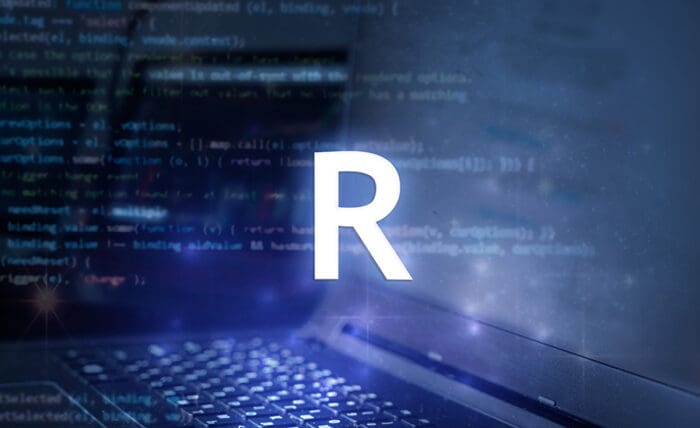The apply functions in R are awesome (see this post for some lesser known apply functions). However, if you can use pure vectorization, then you’ll probably end up making your code run a lot faster than just depending upon functions like sapply and lapply. This is because apply functions like these still rely on looping through elements in a vector or list behind the scenes – one at a time. Vectorization, on the other hand, allows parallel operations under the hood – allowing much faster computation. This post runs through a couple such examples involving string substitution and fuzzy matching.
String substitution
For example, let’s create a vector that looks like this:
test1, test2, test3, test4, …, test1000000
with one million elements.
With sapply, the code to create this would look like:
start <- proc.time()
samples <- sapply(1:1000000, function(num) paste0("test", num))
end <- proc.time()
print(end - start)
As we can see, this takes over 4 1/2 seconds. However, if we generate the same vector using vectorization, we can get the job done in only 0.75 seconds!
start <- proc.time()
samples <- paste0("test", 1:1000000)
end <- proc.time()
print(end - start)
Now, we can also use gsub to remove the substring test from every element in the vector, samples — also with vectorization:
start <- proc.time()
nums <- gsub("test", "", samples)
end <- proc.time()
print(end - start)
This takes just over one second. In comparison, using sapply takes roughly eleven times longer!
start <- proc.time()
nums <- sapply(samples, function(string) gsub("test", "", string))
end <- proc.time()
print(end - start)
Fuzzy matching
Vectorization can also be used to vastly speed up fuzzy matching (as described in this post). For example, let’s use the stringi package to randomly generate one million strings. We’ll then use the stringdist package to compare the word “programming” to each random string.
library(stringi)
library(stringdist)
set.seed(1)
random_strings <- stri_rand_strings(1000000, nchar("programming"),"[a-z]")Now, let’s try using sapply to calculate a string similarity score (using default parameters) between “programming” and each of the one million strings.
start <- proc.time()
results <- sapply(random_strings, function(string) stringsim("programming", string))
end <- proc.time()
print(end - start)
As we can see, this takes quite a while in computational terms – over 193 seconds. However, we can vastly speed this up using vectorization, rather than sapply.
start <- proc.time()
results <- stringsim("programming", random_strings)
end <- proc.time()
print(end - start)
Above, we’re able to calculate the same similarity scores in…under one second! This is vastly better than the first approach and is made possible due to the parallel operations vectorization performs under the hood. To see the randomly generated word with the maximum similarity score to “programming”, we can just run the below line of code:
names(which.max(results))
This returns the string “wrrgrrmmrnb”.
That’s it for this post!
Originally posted on TheAutomatic.net.
Disclosure: Interactive Brokers Third Party
Information posted on IBKR Campus that is provided by third-parties does NOT constitute a recommendation that you should contract for the services of that third party. Third-party participants who contribute to IBKR Campus are independent of Interactive Brokers and Interactive Brokers does not make any representations or warranties concerning the services offered, their past or future performance, or the accuracy of the information provided by the third party. Past performance is no guarantee of future results.
This material is from TheAutomatic.net and is being posted with its permission. The views expressed in this material are solely those of the author and/or TheAutomatic.net and Interactive Brokers is not endorsing or recommending any investment or trading discussed in the material. This material is not and should not be construed as an offer to buy or sell any security. It should not be construed as research or investment advice or a recommendation to buy, sell or hold any security or commodity. This material does not and is not intended to take into account the particular financial conditions, investment objectives or requirements of individual customers. Before acting on this material, you should consider whether it is suitable for your particular circumstances and, as necessary, seek professional advice.
















Join The Conversation
For specific platform feedback and suggestions, please submit it directly to our team using these instructions.
If you have an account-specific question or concern, please reach out to Client Services.
We encourage you to look through our FAQs before posting. Your question may already be covered!